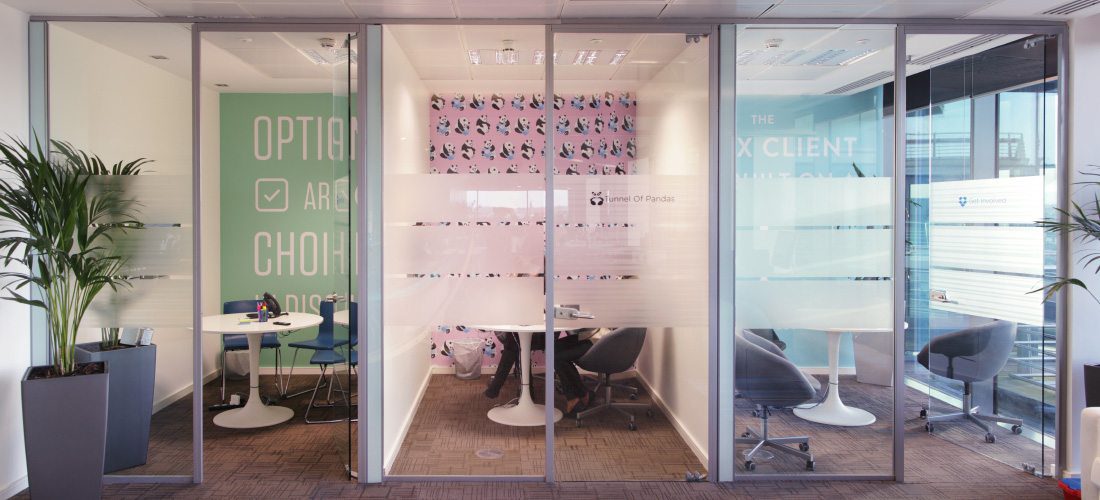The Psychology of Colour in Branding
Colour is a hugely important part of any branding project, however while there have been a great amount of studies on what each colour ‘means’, in reality, it really depends on the situation, application and branding environment. Every colour gives us a different feeling and adds another layer of sensory stimulation. Some are cool, some are warm, some make us feel brave, some even make us feel sick.
Perception of Colour
People usually respond to colours in a similar way, but because some people perceive colours differently, the effects won’t always be the same. For example, some colours can unconsciously trigger an unintended emotional response in some people. Black is a polarising hue in that for some, it evokes feelings of mortality and mourning, whereas others may perceive it as classic, cool and professional.
That said, we can give a general explanation of each colour, what they say, and how they make us feel.
Colour Emotion Guide
Yellow
The sun is yellow. Because of this, yellow usually makes us feel happy, optimistic and warm. It can also make us feel rich, when we think of gold. Because it stands out so much, it is popular with brands aimed at children, such as McDonalds. It is prevalent also, in safety signs where it symbolises caution. Dark yellows remind us of rotting food and sickness and as such are often avoided in branding.
Red
Red is a strong vibrant colour that can raise people’s heart rates just by looking at it. This is because it can indicate a threat, but warmer red tones make us feel excited, empowered or sexy. Red is often used in restaurants as it is said to increase appetite. Conversely, blue is said to lessen appetites.
Many brands, including Vision, use red to convey vitality and urgency. It also conveys positivity and action. Some scientists have predicted a preference for the colour among women, who would’ve needed to spot red berries against green foliage in our ancient hunter-gatherer societies.
Green
The psychological effects of green are similar to those of blue. It is normally perceived as calm, clear and peaceful. Its association with the natural world and good health means that it is often used by Health food and environmental brands regularly use green to arouse these calm peaceful emotions in us.
Black & White
In truth, black and white aren’t really colours. Black is the absence of colour, and white is a combination of all colours. Pedantics aside, black is often used in branding alone, and to provide great contrast to other hues. Black is professional and credible, but it can be edgy as well. White is clean and pure. Newspapers and other publications use black and white for the combinations balance and simplicity.
Blue
On a clear day the sky is blue. This gives us a feeling of calm and serenity. Blue has been shown to lower blood pressure and heart rates. It is also the colour of the sea and so conveys feelings of dependability and strength. Because of this it is often used by financial and technological companies that want to show their professionalism and reliability.
Environment Based Branding Solutions
This all said, there is no definitive colour that communicates one message exactly, but we can choose hues knowing their properties and effects, and arrive at a good solution depending on the context and environment. When it comes to picking the ‘right’ colour, research has found that predicting consumer reaction to colour appropriateness is far more important than the individual colour itself.
If you are about to start a branding project then get in touch by giving us a call now on +353 1 450 0622 or contact us online for more info.


